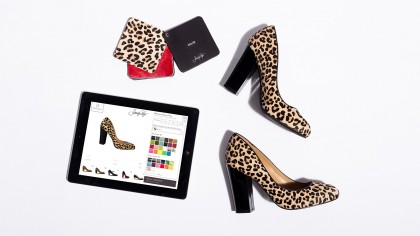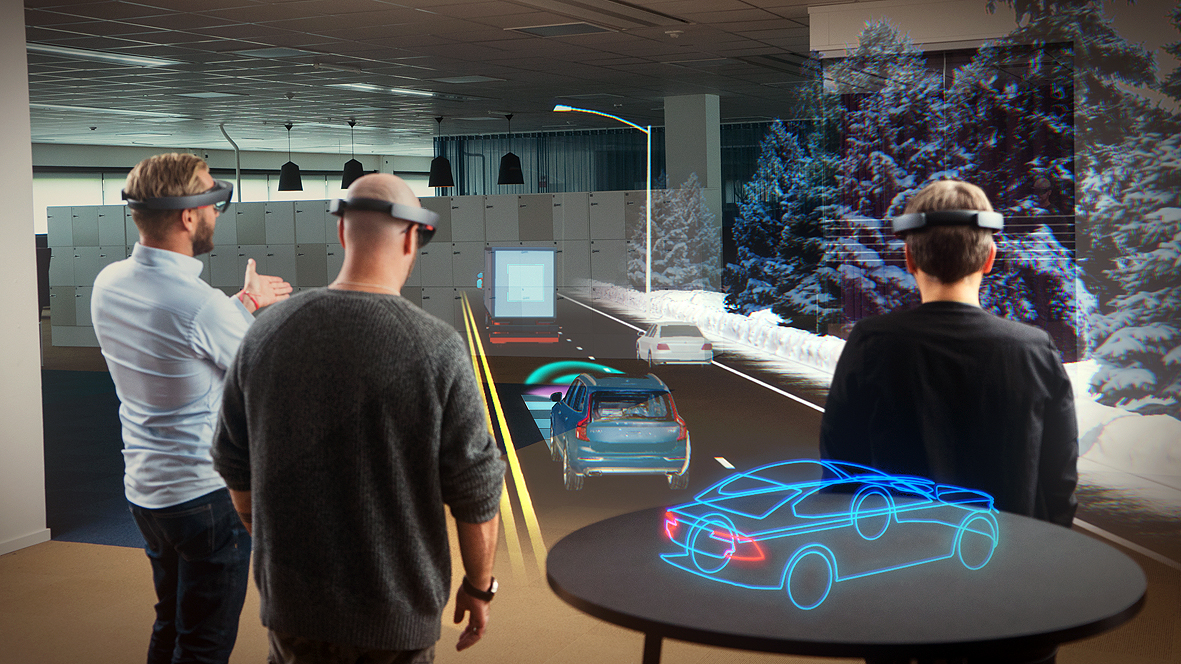How 3D visualisation will change the shape of e-commerce
Shopping in VR is the future
3D visuals all style at Shoes of Prey

In addition to offering a more visual shopping experience, 3D technology can be applied to allow more product choice for customers.
At Shoes of Prey, shoppers are greeted with a design-your-own shoe platform that uses 3D design technology that allows people to create the exact shoe they want.
Customers can choose from trillions of combinations of styles, colours and fabrics, and design a unique pair of shoes that meets their style and comfort preferences.
Once the order is placed, the shoes are made in a dedicated factory and delivered to the customer's door.
Jodie Fox, co-founder of Shoes of Prey, told techradar the 3D technology used for the online shoe design tool allows the customer to visualise their creation in the most realistic way possible, before they commit to ordering.
"Shoppers are becoming more sustainably minded and as a result, I think we're going to see 3D technology become more mainstream in the e-commerce industry for consumers, designers and manufacturers," Fox says.
"Customers often prefer something unique over the mass-produced designs stocked in high-end stores, and as a result we're seeing customisation become more popular in both Australia and the US in particular."
Sign up to the TechRadar Pro newsletter to get all the top news, opinion, features and guidance your business needs to succeed!
For people not confident creating and placing an order online Shoes of Prey has created a combined online-offline business model with physical "design studios" using the 3D technology in five stores across the US.
Another shoe company, TOMS, recently launched at 3D VR experience in Australia with its launch into MYER. Customers can experience a TOMS Giving Trip in Peru, which shows how their purchase of TOMS shoes will aid the life of a child with the gift of a new pair of shoes.
Wearables to bring 3D e-commerce to life
With wearable technology and computers becoming more pervasive, there is an emerging platform for buying something online facilitated by visualising and interacting with it first.
"Using AR glasses, or even a smartphone, you can overlay selected virtual 3D objects from within your own home to see how they might look when placed in different positions," according to Matt Adcock.

Adcock says 2016 will see the release of consumer VR headsets with "App Stores" from which people can download immersive experiences and online retailers will be able to let potential customers choose and experience products before they purchase.
Nolan sees a future where wearables will be as common as mobile phones, powering a range of 3D e-commerce applications.
"The infrastructure to provide content will mature in due course and we'll see people with the tools to easily, cost effectively and quickly generate their own VR content without the need for expert technical knowledge," she says.
"I also imagine there will be an adoption of larger, interactive digital displays – digital wallpaper if you like – and the uptake of CAVEs (computer automatic virtual environments) for both domestic and retail use."
"There is a lot of focus on the moment on VR hardware, but to truly leverage the potential of the market VR needs to also get on top of content creation."